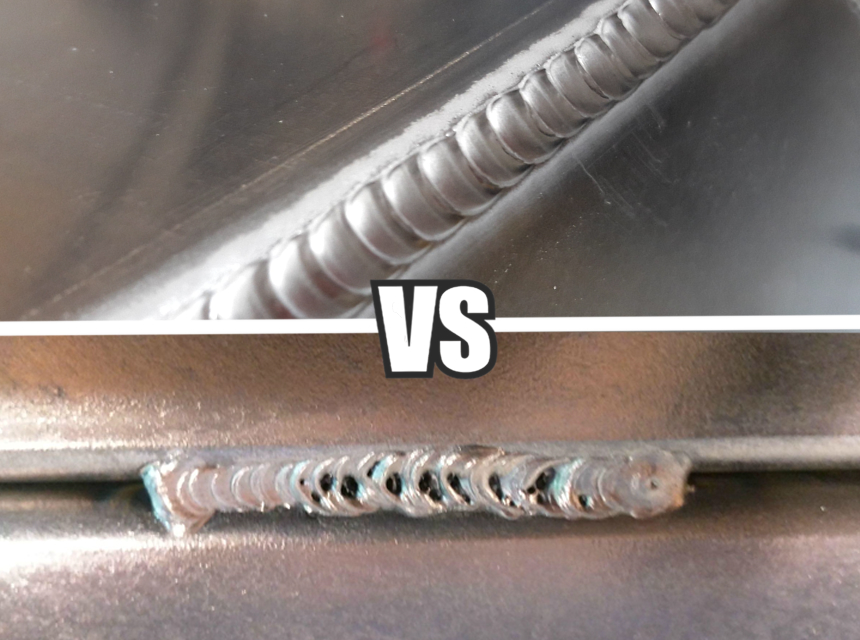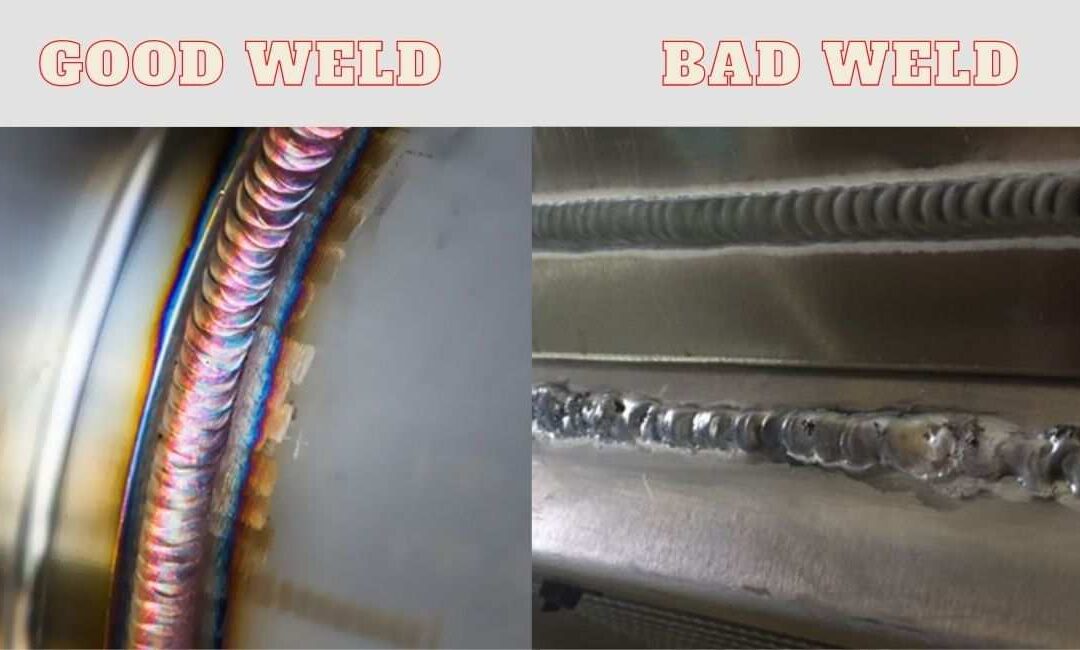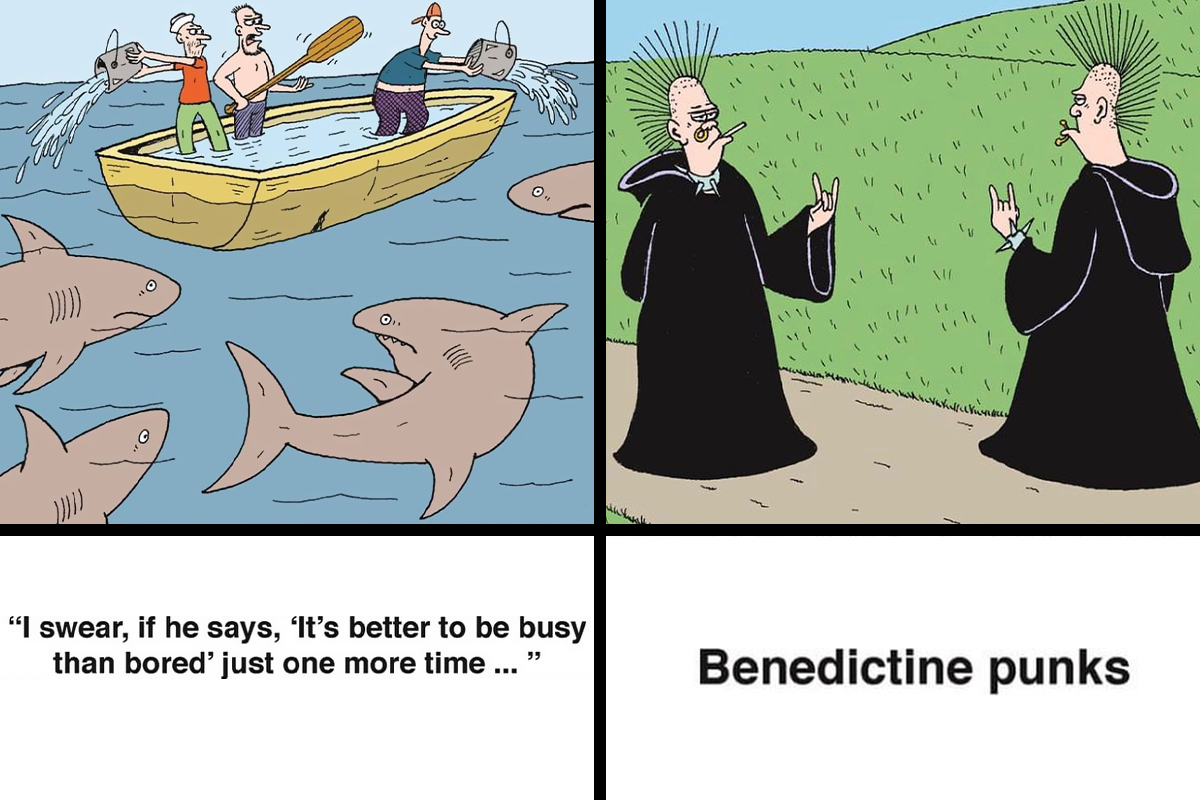
Fun Examples of Good vs. Bad Investing
Investing can seem daunting, conjuring images of Wall Street gurus and complex financial jargon. But at its core, investing is simply putting your money to work to grow it over time. The key is to make informed decisions, distinguishing between sound investments and those that could lead to financial heartache. To make this process more engaging, let’s explore some fun, relatable examples of good versus bad investing.
The Good: Planting an Apple Tree vs. Buying Rotten Fruit
Imagine you have $100. You could use it to buy a bag of shiny, appealing apples from the grocery store. You enjoy them for a week, and then they’re gone. That’s like consuming a depreciating asset.
Alternatively, you could invest that $100 in an apple tree sapling. It takes time, effort, and nurturing. You need to plant it, water it, and protect it from pests. But in a few years, that sapling will grow into a tree that yields apples year after year. This is akin to a good investment: it requires patience, but it generates ongoing returns.
Good Investing:
- The Apple Tree: Investing in assets that grow in value and provide ongoing returns.
- The Lesson: Good investments require patience and nurturing but provide long-term benefits.
Bad Investing:
- The Rotten Fruit: Investments that are unsustainable or high risk, which may lead to a loss of capital.
- The Lesson: Bad investments provide short-term satisfaction but may cause significant loss in the long run.
The Good: Building a Lego Empire vs. a House of Cards
Let’s say you’re a kid with a box of Legos. You could randomly stack them up, creating a wobbly, unstable tower that will likely collapse at the slightest tremor. That’s like investing in a risky, speculative venture without a solid foundation.
On the other hand, you could carefully plan and construct a Lego empire, with buildings, vehicles, and infrastructure. It takes time, effort, and a blueprint, but it’s much more resilient and valuable. This represents building a diversified portfolio with well-researched investments.
Good Investing:
- The Lego Empire: Diversified portfolio with long-term growth potential.
- The Lesson: Well-researched and planned investments build a strong foundation for future financial growth.
Bad Investing:
- The House of Cards: Risky and speculative ventures that are likely to fail.
- The Lesson: Speculative investments without a solid foundation lead to instability and potential loss.
The Good: The Tortoise and the Hare (Investing Edition)
Remember the classic fable? The hare sprints ahead, relying on speed and quick gains, while the tortoise plods along steadily. In the investing world, the hare represents chasing hot stocks or get-rich-quick schemes. The tortoise embodies a slow and steady approach, focusing on long-term growth through diversified investments.
While the hare might see initial success, they often stumble or get distracted. The tortoise, however, consistently makes progress, ultimately reaching the finish line.
Good Investing:
- The Tortoise: Slow and steady approach, long-term growth through diversified investments.
- The Lesson: Slow and steady wins the race. Consistently investing and staying the course is key to long-term financial success.
Bad Investing:
- The Hare: Chasing hot stocks or get-rich-quick schemes.
- The Lesson: Get-rich-quick schemes often lead to disappointment and loss.
The Good: Investing in a Skill vs. Buying the Latest Gadget
Imagine you have some extra cash. You could buy the newest smartphone with all the bells and whistles. It’s fun for a while, but in a year or two, it will be outdated and replaced by a newer model. That’s like buying a depreciating asset.
Alternatively, you could invest in learning a new skill, like coding, graphic design, or a new language. This investment will pay dividends throughout your life, increasing your earning potential and opening up new opportunities.
Good Investing:
- Investing in a Skill: Acquiring knowledge and abilities that increase your earning potential.
- The Lesson: Investing in yourself is one of the best investments you can make.
Bad Investing:
- Buying the Latest Gadget: Purchasing items that depreciate in value quickly.
- The Lesson: Spending on depreciating assets provides short-term satisfaction but does not contribute to long-term financial growth.
The Good: Owning a Rental Property vs. a Timeshare
A rental property can generate passive income and appreciate in value over time. It requires effort to manage, but it can be a solid long-term investment. A timeshare, on the other hand, often comes with high maintenance fees and limited resale value. It’s like buying a depreciating asset with ongoing expenses.
Good Investing:
- Owning a Rental Property: Passive income and potential appreciation in value.
- The Lesson: Real estate can be a solid investment, but it requires careful research and management.
Bad Investing:
- Owning a Timeshare: High maintenance fees and limited resale value.
- The Lesson: Be wary of investments with ongoing expenses and limited potential for appreciation.
The Good: Index Funds vs. Day Trading
Investing in a diversified index fund is like buying a basket of stocks that represent the entire market. It’s a low-cost, low-effort way to participate in the stock market’s growth. Day trading, on the other hand, is like gambling. It requires constant attention, quick decisions, and a high tolerance for risk. Most day traders lose money.
Good Investing:
- Index Funds: Diversified, low-cost, and low-effort way to participate in market growth.
- The Lesson: Diversification and a long-term perspective are key to successful investing.
Bad Investing:
- Day Trading: High-risk, requires constant attention, and often leads to losses.
- The Lesson: Avoid speculative activities like day trading without proper knowledge and risk management.
The Good: Starting a Business vs. a Pyramid Scheme
Starting a business can be a rewarding but challenging endeavor. It requires hard work, dedication, and a solid business plan. But if successful, it can generate significant income and create lasting value. A pyramid scheme, on the other hand, relies on recruiting new members to pay off earlier investors. It’s unsustainable and illegal.
Good Investing:
- Starting a Business: Potential for significant income and lasting value.
- The Lesson: Entrepreneurship can be a rewarding path, but it requires hard work and dedication.
Bad Investing:
- Pyramid Scheme: Unsustainable, illegal, and often leads to financial ruin.
- The Lesson: Be wary of schemes that promise high returns with little or no effort.
The Key Takeaway
These fun examples illustrate the fundamental principles of good versus bad investing. Good investing involves patience, research, diversification, and a focus on long-term growth. Bad investing involves chasing quick gains, taking unnecessary risks, and neglecting due diligence.
Investing doesn’t have to be intimidating. By understanding these basic principles and learning from these relatable examples, you can make informed decisions and build a solid financial future. Remember, the best investment you can make is in yourself, by acquiring knowledge and developing good financial habits. Happy investing!



